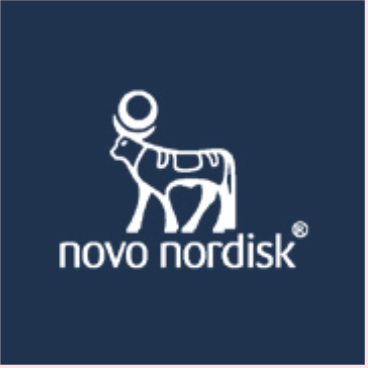Personalisation in a nutshell
Status quo: Change-as-Usual
A personalised product or service...
- Where products and services are better tailored to customers’ individual and immediate needs
- Technology is often leveraged to achieve this at a competitive price
Future quo: Breakthrough
...that meets an unmet need flagged by the SDGs
- Not just serving existing customers, but also potential customer segments experiencing real world problems and unmet needs
- Also recognising and addressing customers not just as individuals, but also as part of families, communities, cultures, cities and, ultimately, the biosphere
What is it?
Meeting individual needs, at mass scale
Personalisation used to be the preserve of the wealthy – from custom-made shoes to tailored investment products. Now, we see personalisation reaching the masses – from sneakers ordered on line and customized for design, colour and material, to financial services that meet customers where they are, be it in a luxury penthouse or subsidised housing. Highlighted as far back as 1997 in a Harvard Business Review article on “collaborative customisation”, the idea involves businesses engaging with their customers to help them “articulate and fulfill their needs in a cost-effective manner”. Key here are business models that tailor products and services to customers’ individual and immediate needs, in a manner that allows them to access the solutions to achieve mass scale. A number of related business models have surfaced. These include:
MASS PERSONALISATION:
Where products are mass produced, but modified in the way they reach customers, harnessing data about individuals. An example would be Amazon’s personalised suggestions of products to its customers based on previous purchases.
MASS CUSTOMISATION:
Where products are mass-produced but customers are offered options to customize their order. Haier, a Chinese white goods consumer electronics company, for example, has started to develop ‘smart, networked factories’ allowing customers to make personalised orders directly from the factory, and even participate in the creation, quality control, production and delivery processes.
BESPOKE:
Where consumers are involved from start to finish in creating a unique product. As an example, in 1999, Nike launched one of its most successful lines to this day, NikeiD, which allows customers to design their own shoes and accessories.
What's driving it?
From Digitalization to 3D Printing to Drones
Digitalisation has been the key driver behind Personalisation as a business model lever, enabling consumers to get involved in different ways through the product lifecycle. For instance, consumer data can now be tapped to give businesses deeper insight into customers’ needs and preferences – via social networks, the Internet of Things (and sensors), and Big Data as well as growing capabilities in the fields of Artificial Intelligence and Machine Learning. E-commerce and the digitalisation of transactions have also made it easier for businesses to interact with customers in new ways.
Additive manufacturing (e.g. 3D printing) and other forms of localised, flexible manufacturing systems, as well as distribution technologies (e.g. drones and autonomous road vehicles) are also now paving the way for Personalisation to take off at new scales, affordably.
What are the opportunities and risks?
Meeting needs that matter
In a world approaching 9 billion people by 2030, businesses need to expand their traditional view of the customer, and think about how they can provide for the diverse needs of people around the planet, en masse. And not just of those in established economies, but also those who have yet to meet some of their basic needs, exemplified in SDGs such as ‘No Poverty’ (SDG 1) and ‘Zero Hunger’ (SDG 2).
A January 2017 article in the Harvard Business Review by Clayton Christensen and others refers to the power of “pull” strategies (instead of “push”) in some emerging markets. In these markets, innovators should develop products “people want to pull into their lives”, and in doing so, create new markets that result in economic and employment growth. To support this strategy, businesses need to integrate as many elements of the value chain as possible in order to overcome challenges. The success of innovators, the authors say, depends on “their ability to target nonconsumption – to sense the unmet needs that potential consumers struggle to satisfy, and to develop solutions and business models that can meet them”.
At a macro level, the growing diabetes epidemic is an example of an emerging need that is set to worsen given the lifestyle choices of the growing middle class in newly developing and developed economies. Through Personalisation, businesses have the ability to deliver products and services that are truly meaningful in light of the unique needs of individuals, as in health (SDG 4) or education (SDG 5).
There is a risk that Personalisation will drive a rising demand for goods, and a corresponding increase in production. We suggest that Personalisation, when coupled with other servitisation models (including Asset-Sharing and Usage-Based Pricing), as well as Closed-Loop models, has the potential to result in more responsible production and consumption (SDG 12), and ultimately, more sustainable cities and communities (SDG 11).
Get started
How can companies best engage?
- Explore co-creation with both current and future customers, in general problem solving terms, defining new products and also in defining new markets and unmet needs to grow into.
- Explore these new customer realities through learning journeys and other avenues to discover how others might already be addressing some of these relevant needs and realities.








